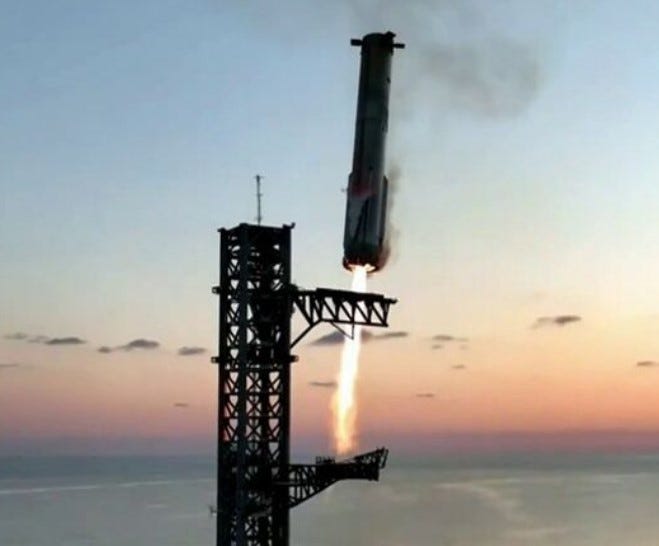Number 5. ABC dot net dot au. Hackers take control of robot vacuums in multiple cities.
Quiet, domestic living rooms from Minnesota to Texas to California became the scene of loud, obnoxious, crude, racist vacuum cleaners this week. Surprised homeowners rushed to shield pre-teen children from verbal assault by normally mild-mannered automatic microprocessor-controlled vacuum cleaners.
The Chinese-manufactured Deebot X2 from Ecovac has a delightfully hackable on-board wifi-enabled software system, making it a prime target for nefarious operators from… someplace in the world. No one knows where. Such is the nature of hacking.
These are briefcase-sized machines that can park themselves in their charging stations, then vacuum the carpet at pre-programmed times. Presumably, the pre-programming does not normally call for starting a race riot in the TV room.
Despite shutting off the machine, re-setting the password and rebooting, a Minnesota resident discovered the Deebot X2 continued its vulgar, racist rant when once again powered up, while his 13-year-old son watched, intrigued.
The boy was not the only one watching. The Deebot has a built-in video camera and speaker, allowing a hacker to record whatever the robot sees, and then comment — at high volume — however it pleases.
It appears the software that prevents unauthorized use is a simple PIN code which, once the device has been hacked, can easily be bypassed. Also bypassed is the built-in warning tone indicating the camera is in use.
This means the hacker can record, and presumably transmit — or post to the web — whatever the machine sees and hears. With or without the owner being aware.
Cyber experts have warned of Ecovacs vulnerabilities for several months, but their recommendations have gone unheeded by the manufacturer.
I actually saw this plot once, or something very like it, in Runaway (1984) starring Tom Selleck and a young Kirstie Alley. Except then, all the machines could do was throw things at you, or electrocute you, or set the house on fire.
If you’re looking for a bargain, there may be lots of pre-owned Deebot X2 units for sale soon. If you prefer a new one, Costco is still selling them at this writing.
Number 4. Noema mag dot com. The human cost of our AI-driven future.
When I was a kid, I asked my brother how the refrigerator knew to turn the light on when the door was opened. He said, “There’s a little man inside.”
That little man made the light seem like magic.
Today, there is still a little man, or several thousands of them, who make the magic of artificial intelligence work for us. For the little men, the magic becomes a nightmare.
This story is a little gruesome. Unsettling. You might want to skip to the next one. I’m talking to you, parents.
Okay, you’ve been warned.
Much of the stuff we scroll through online is of questionable virtue, or displays such a lack of virtue that there is nothing questionable about it. A lot of that comes with warning labels, such as the international symbol showing an eyeball with a line crossed through it. Or the label “NSFW”: Not Safe For Work.
Who decides what is art and what is pornography? Who gets to decide whether photos of dead bodies in the aftermath of a suicide attack are suitable for viewing? Most of that seedy content comes with warnings. Who, exactly, assigns the warnings?
After enough information is screened — by a human — and deemed inappropriate, then artificial intelligence systems will learn what to display and what to keep hidden behind a warning label. The AI machine, however, must first be told — by a human — what is acceptable.
Which means people, actual people, must sift through thousands — millions — of photos and essays and all other created content, and then pass judgment. Which means somebody has to sit in a darkened room and study images on a screen: Pornography, obscene written material, photographs of mutilated bodies, on and on.
With enough material assimilated, the AI process can learn what to share.
This article is about those who do such work. They are all almost exclusively in the 3rd world (if that term is still in vogue) because the pay scale is low enough to afford the labor. Workers come from lots of different places. Besides India, countries mentioned are Kenya, Syria, Lebanon, Ethiopia, Eritrea, Venezuela, Colombia.
One man from a Middle Eastern location came across a photo of the body of his own relative, blown apart by a bomb blast. Viewing it was part of his job.
This is the price someone is paying today for our ability to claim the civilizational benefits of artificial intelligence.
According to this article, the cost in human degradation to train AI systems is as real as slave labor and sex trafficking. Stop the world; I want to get off.
The article is lengthy and sobering. Maybe the problems it describes are overstated by a bleeding-heart do-gooder; I can’t really tell. But it has the ring of truth.
Read it if you dare.
Number 3. Nature dot com. Chemistry Nobel goes to developers of AI predicting protein structures.
This one is much happier, putting the benefits of AI in a somewhat different light.
I wish I had the science to understand it, for then I could take a stab at explaining it. Researches from University of Washington - Seattle have developed an AI model to predict protein structures. I am under the impression that proteins are based on particular amino acids in combination — maybe that is what they call sequencing. Representations of these sequences are three-dimensional, and some 200,000 structures have been determined conventionally — not using AI — by means of X-rays and microscopes.
This large database of known proteins has been made available publicly, to those who chase such things, and now the Nobel recipients have found a way to let artificial intelligence access the data and learn the sequencing. This has permitted their AI model to predict some 200 million other protein structures.
So what?
The point is that with all these structures accurately predicted, their interaction with, say, drugs to treat diseases, can also be predicted.
In short, this is an enormous step forward in the ability to manage heretofore untreatable diseases.
That is about as much as I can absorb from the article. It sounds like good news.
But don’t worry… as soon as someone creates something positive, someone else will find a way to corrupt and exploit it. We may be able to get ahead of the science, but we will never get ahead of the dark side of human nature. For that, we might need a Savior.
This is turning out to be a dark episode of the ANR, isn’t it. Let’s turn to space news. Surely that will be better.
Number 2. News dot sky dot com. SpaceX rocket booster is caught by chopsticks.
The Super Heavy booster, powered by 33 Raptor engines, lifted Elon’s SpaceX Starship into a short, unmanned flight. At an altitude of 46 miles, the Super Heavy separated from the Starship, as planned, and fell back toward Earth.
In previous versions of spaceflights, such as the 1970s-era Saturn V rocket that lifted the Apollo astronauts toward the moon, the booster would fall into the ocean and be given up for dead. It did what it was designed to do and was then discarded.
Such an expense can only be absorbed by a very rich government.
In the case of the SpaceX Super Heavy, Elon Musk is not about to throw it away if it can be recovered and used again.
Recovered it was, in a most astonishing display. Find it on YouTube. The rate of descent declined from something above 600 mph to 0 in less than 60 seconds. Actually, this IS rocket science.
Separately, I have read that Elon plans to recover boosters in this way, ready them for flight again, and turn them around for the next launch within one hour.
Number 1. Earth Observatory dot nasa dot gov. Comet Tsuchinashan-ATLAS arrives.
And while we are stargazing in wonder, a new wonder in the night sky has showed up. This one, according to scientists with advanced knowledge of slide rules, last came near earth some 80,000 years ago. If you are a young-earth creationist, you may not believe that, but you can probably agree that’s how the math works.
Tsuchinashan orbits our sun and makes an extremely long, elliptical trip around it.
Last month, astronauts aboard the (currently overcrowded) International Space Station snapped a photo of it.
This week, reports indicate it is visible from North America. From Kansas, we can see it just after sunset, low in the western sky. (It’s not like I know this, but a buddy told me he saw it. He wouldn’t lie to me about a thing like that. I probably shouldn’t go to bed so early.)
I wonder if this is one of those signs from the sky that the physician Luke said that Jesus spoke of:
Nation will rise against nation, and kingdom against kingdom. There will be great earthquakes, famines and pestilences in various places, and fearful events and great signs from heaven… There will be signs in the sun, moon and stars. (emphasis added)
Luke 21
Maybe so. Everything else in that passage seems to fit our world today.
* * * * *
Thanks for following The Alligator News Roundup for Friday, October 18, 2024. Maybe we’ll try to lighten the mood a little next week. And don’t let that thing that Jesus said next about how “they will seize you and persecute you… and hand you over… and put you in prison” and all that, worry you too much.
He also said, “Stand firm, and you will win life.”
It’s all in Luke chapter 21. Take some time to read it this weekend. This may all be on the test, so to speak. Have a good weekend!



















Share this post